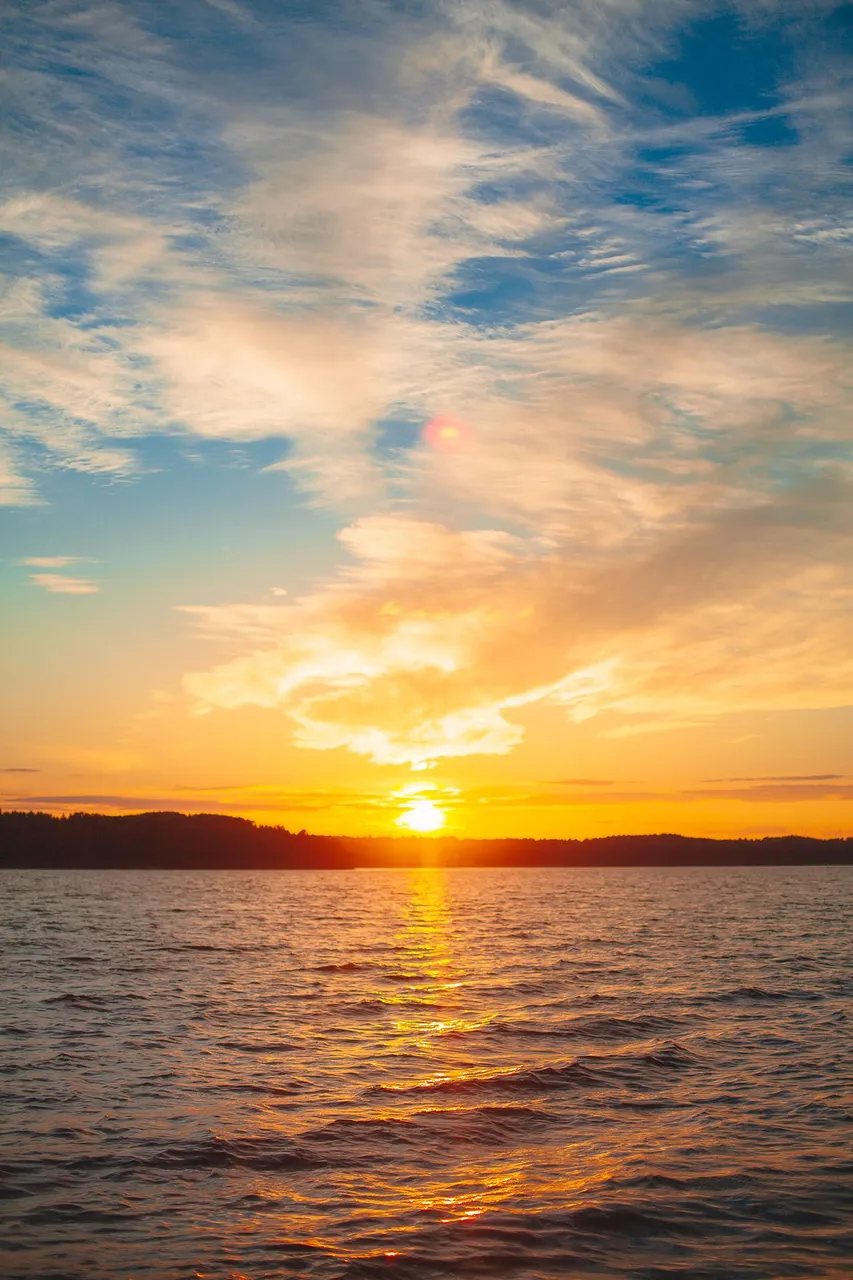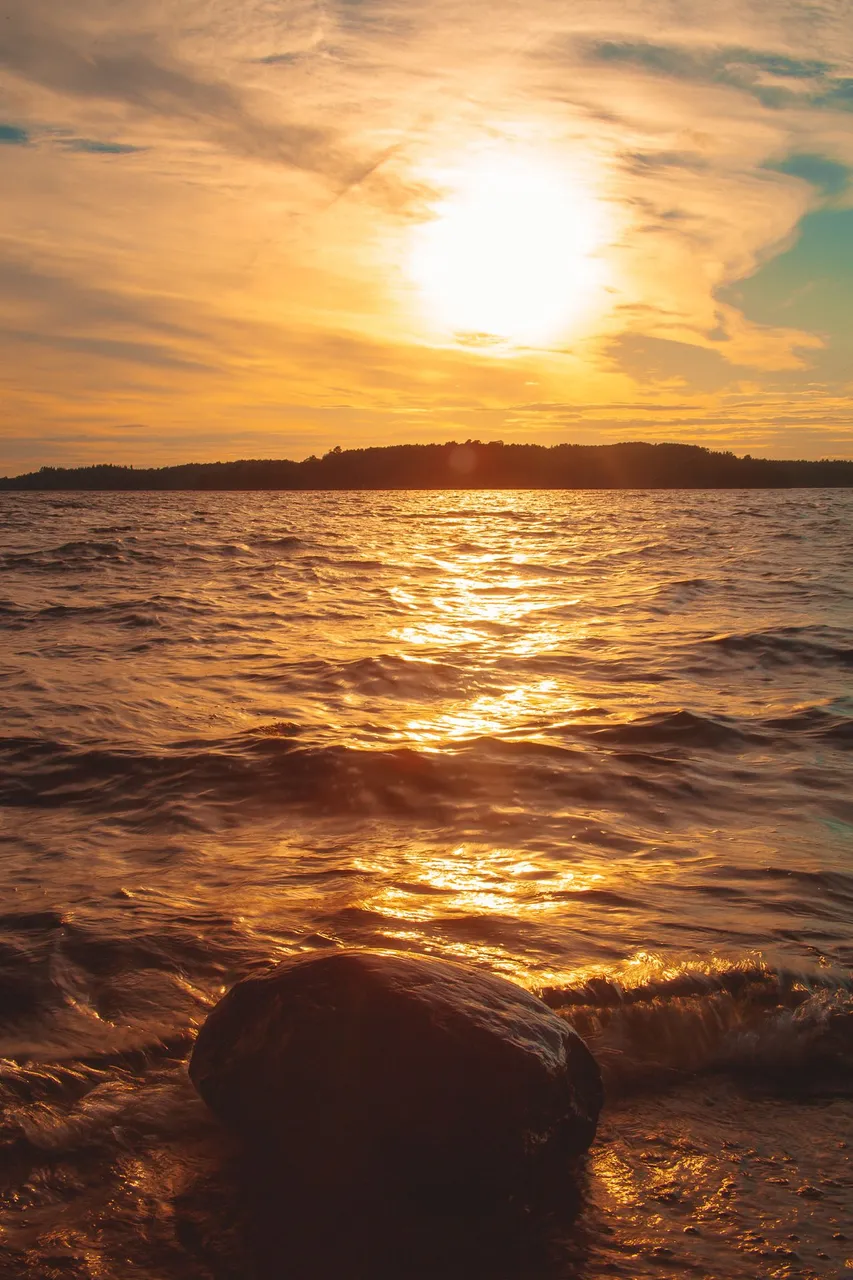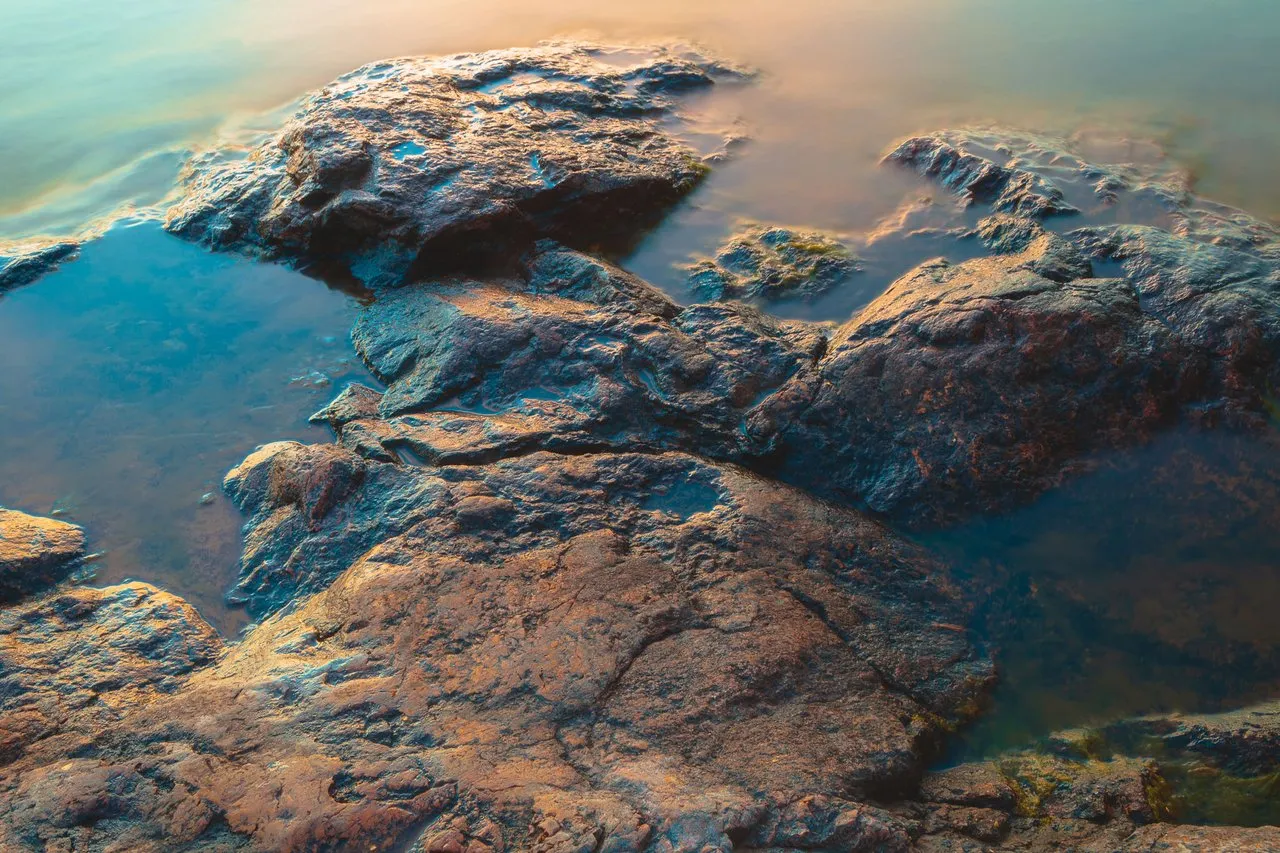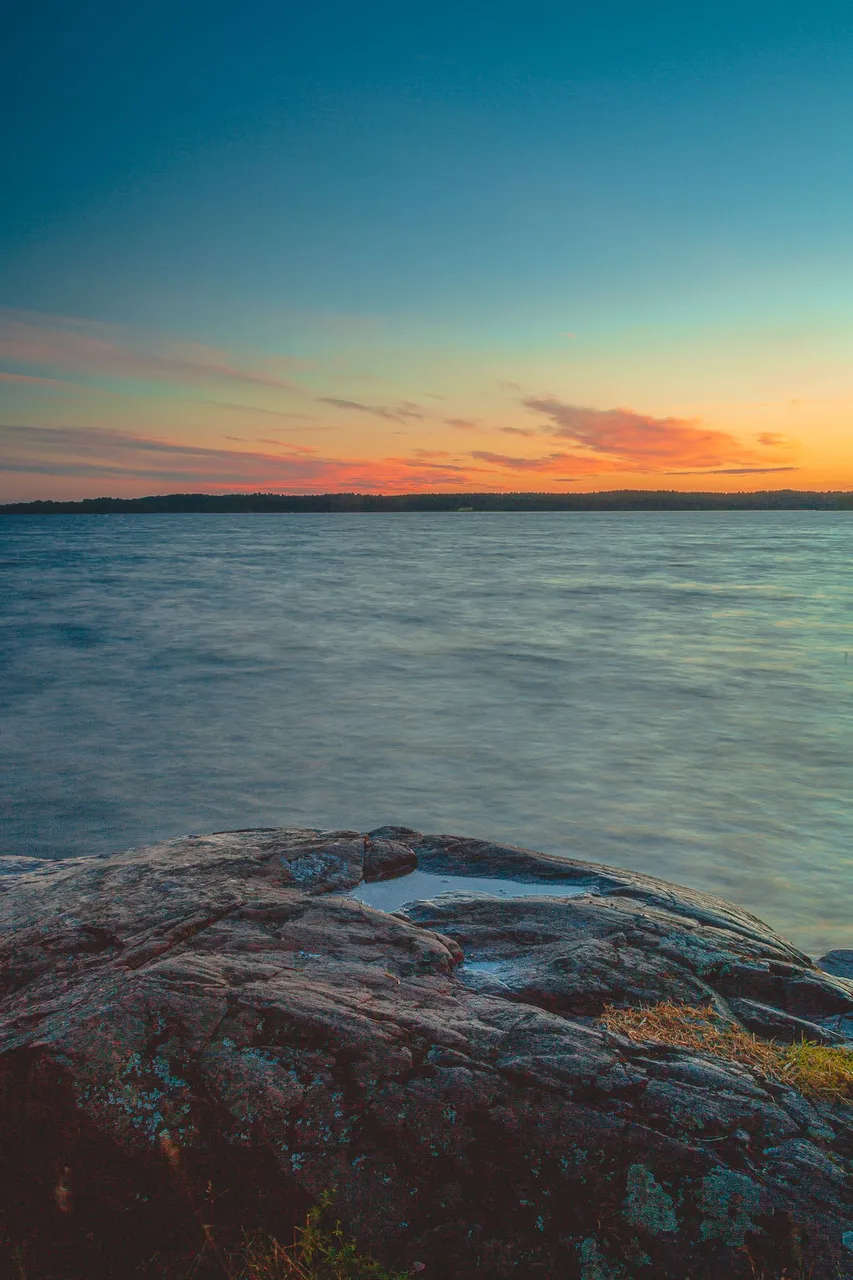
I've been developing a new editing technique in Camera Raw, and I must say that I'm quite getting obsessed with it. The technique is giving so many old photographs a brand-new life. The amount of details hidden in some photographs that I took over many years is mindblowing. It's quite interesting as well. It is as if I'm finding new treasures in my directories. This is a great thing, but this also comes with adding a bit more challenge to the choice that I have to make. It has been my task for quite some years now to clean up my directories full of photographs. Deleting photographs. If you've been reading some of my latest blog posts, you might have learned that I had 400,000 photographs sitting on my hard drive (12 years of photography), and now I have around 100,000. While this still may seem to be a lot. Fractions are being used, and some are being kept for potential future reference for artwork and such.
Whenever I blog about and include old photographs, I have to scan my blog to see if I have published them. It's stupid. Do you know why? I always think that I've 100% sure published these photographs, but then came to the realization I didn't publish them on Hive. Lulz. Scanning may not be a stupid thing to do. I try to keep everything as exclusive as possible. This often includes re-editing, re-inventing the photograph that I took, and writing as I go. For example. I have written a tiny bit about the longest art exhibition in the world, which is also located in Sweden (the reason why I went to Stockholm the first time), it is part of many subway stations. If I take a look at that blog, and the current blog posts that I write, there is a huge difference between providing information, sharing photographs, and including more photographs. It kind of gives me the time and opportunity to reflect on myself.


You see, when I first started on Hive, I had zero experience in writing personal blog stories or writing long-form blog posts. Yeah, I had enough experience in writing case studies for some clients, or writing in-depth project briefs/proposals, but never the personal thing. It's awesome to see how much I have grown (if I may say so myself) as a content creator. Writing has always been a challenge for me, but right now; as I'm getting more comfortable with stuff "not perfect for Ruben" I kinda gave myself some more room to breathe in and portray my blogs more as myself. Of course, I still have to think a lot harder, be much more precise with translation, and show more patience when it comes to things such as the case study for HBD that I did. Not everything has to be professional, and I think that writing about my stuff is a perfect way to vent.
Not sure what happened there, but I might have taken off a different path in starting this blog than I wanted, which happens most of the time. Also in real life. Lol. So, let's get back to it. The technique that I've been developing is quite impressive. I had yet to find a way to cheat and hack the "Dehaze" option in Camera RAW. I thought it was too destructive in a way. But, what I usually did with Color correcting, was try to reverse-engineer color correction. For example, I wanted a blue-toned picture, so I started with more orange. Then I had to brute force it to get back to the original colors. This is a great practice to understand colors, but you'll learn even more about the boundaries of your photographs and how to color correct them with much more control.


So, I did the same with Dehaze. While you usually slide it to the right to "dehaze", I thought... let's "dehaze" the other way around, and make a flat image. I was super surprised at HOW MUCH DETAIL is recoverable. It also gave a super smooth touch overall to these photographs. Keep in mind that this may not always work for some photographs, but I guess if you're photographing in cinema style (SLOG3), which is removing contrast and a bit of saturation. One must-have is shooting in RAW files. I'm afraid that JPGs don't store as much data as RAW files do. Another note is, that it will take quite some tweaking to get back all that contrast, and stuff can get pretty sensitive here, so it requires some additional post-processing afterward. All these photographs from Sweden are almost edited with this technique. Quite a lot of fun!
How do you process your photographs? And since I mentioned that I noticed the progress that I had made with blogging. Do you have problems with writing a blog? If so, let me know if you have questions (maybe I can write a blog with some tips about it). And, if you're a long blogger and you noticed the same, give yourself a compliment! Blogging can be challenging as well!
Cheers,
Ruben

Follow me on Foundation | Follow me on Twitter | Follow me on Instagram